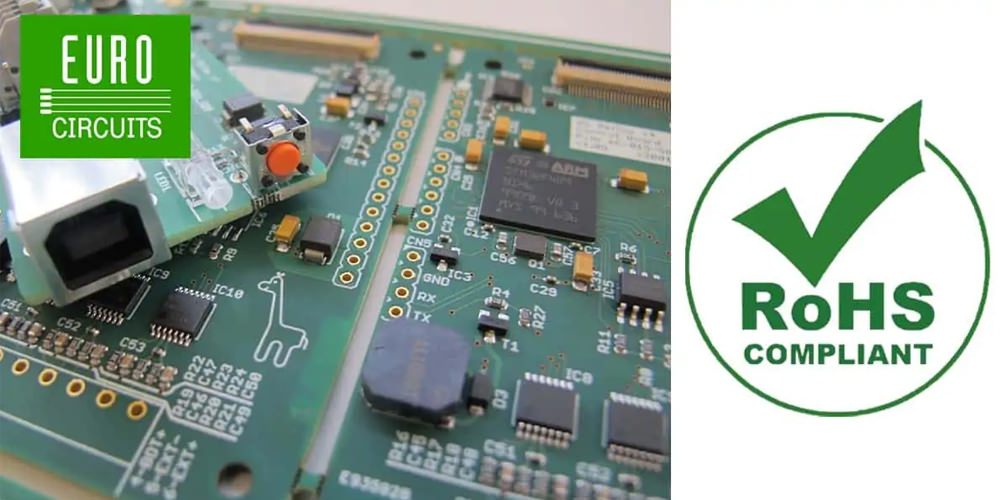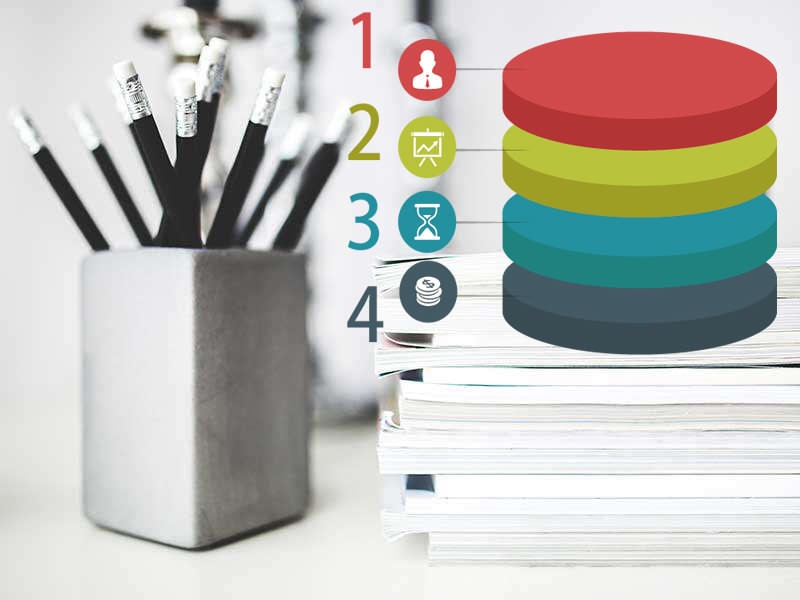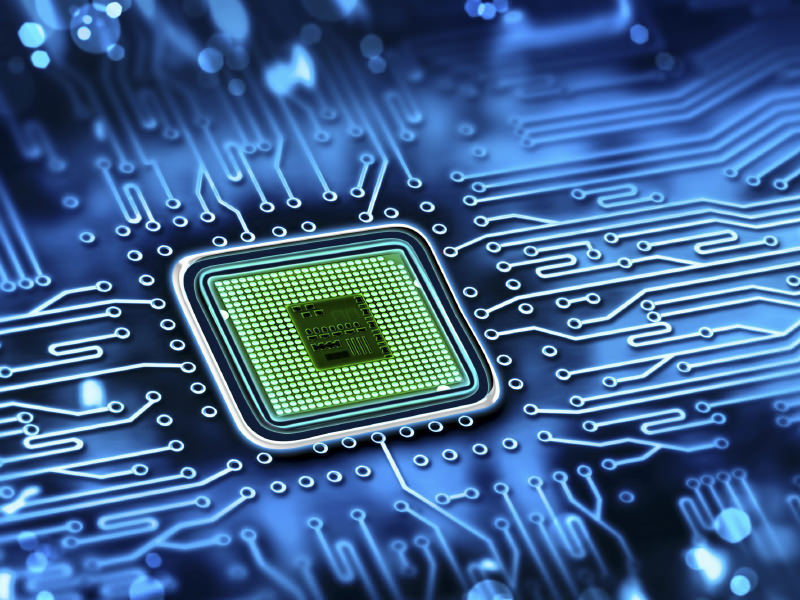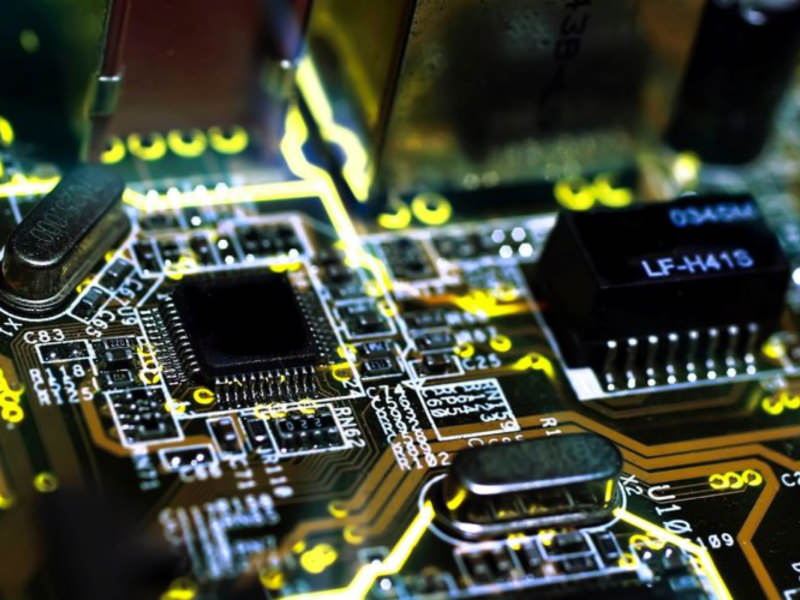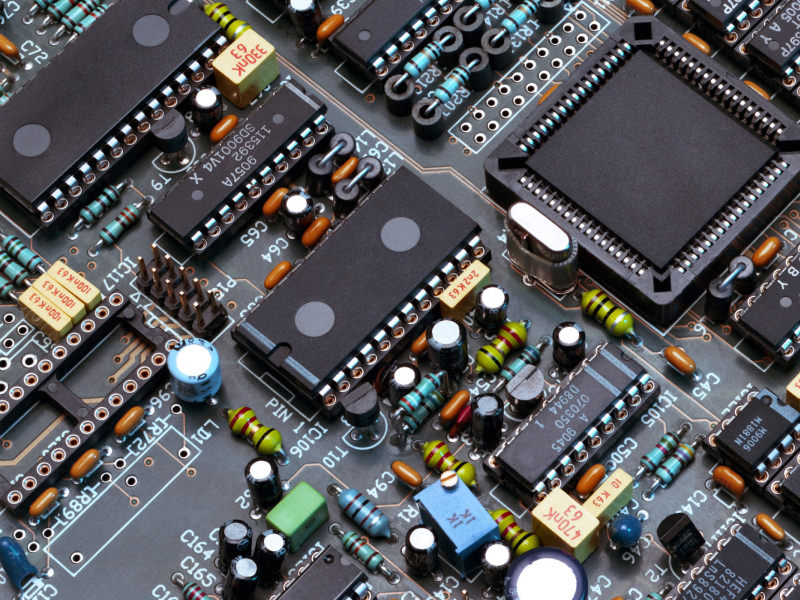Electrical and electronic equipment may contain a number of hazardous substances, The RoHS directive currently controls and restricts the use of substances such.
Since 2003, EU laws have restricted the use of such substances in products.
Waste electrical and electronic equipment (WEEE) accumulated annually in the EU is growing exponentially. Today it is one of the fastest growing waste streams.
The increase in the production and use of electrical and electronic products such as mobile phones, computers and household appliances has led to an increase in electrical and electronic waste. During use, assembly, recycling, and disposal of this type of waste, products can release substances hazardous to both nature and humans, such as lead, mercury and cadmium, which can cause serious environmental and health problems.
To solve the problems associated with the disposal and production of electronic components and products, EU law has been passed restricting the use of certain hazardous substances in electrical and electronic equipment through the RoHS Directive. The WEEE Directive also works in parallel to encourage the collection and recycling of such equipment.
The RoHS directive currently controls and restricts the use of substances such as (the list is constantly expanding, and the restrictions are getting tougher):
All products with electrical and electronic components, unless specifically excluded, must comply with the limits set out in Directive 2011/65/EU. It has become mandatory in the territory of the European Union since 2021.
The RoHS directive aims to prevent risks to human health and the environment associated with the handling of electronic and electrical waste and components.
This is achieved by limiting the use of hazardous substances that can be substituted for safer alternatives during production.
Our company conducts laboratory testing and verification of any product for the presence of prohibited substances or their excess in electronic equipment.





